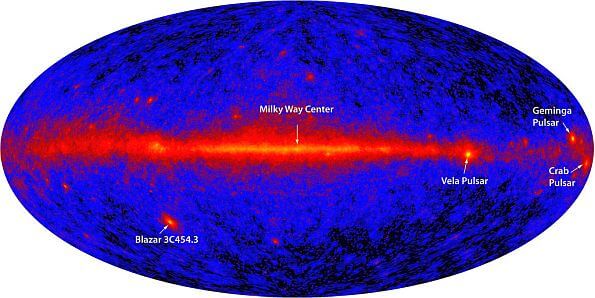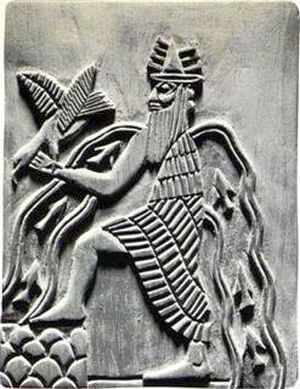Ancient Explorers – Some 6,000 years ago, not far from Earth, a dim and unremarkable star suddenly exploded in the violent fireball that modern astronomers call a supernova.
On Earth it would have looked like a new star, brighter than the moon and visible even in the daytime for months.
Among the early peoples who saw it were the Sumerians – Persian Gulf farmers and fisherman poised at the brink of civilization. They recorded the event in their myths and gods.
Now the scholar who first identified their record says the legend linking the star to the origins of civilization has turned up in Egyptian hieroglyphs, written thousands of years later.
George Michanowsky, a New York linguist, author and historian, believes the legend was passed along in Sumerian symbols borrowed by the Egyptians.
If so, it would force a reinterpretation of such familiar hieroglyphs as the “ankh” – or symbol of life – and King Tut’s royal emblem.
Some other scholars of the ancient near East disagree with the theory. But Michanowsky, a self-described “lone wolf” who works without support form institutions or foundations, counters that his critics do not understand astronomy. Astronomers believe the supernova may have been the most cataclysmic sky event ever witnessed by men.
 The Vela supernova remnant is a supernova remnant in the southern constellation Vela. Its source type II supernova exploded approximately 11,000-12,300 years ago (and was about 800 light years away).
The Vela supernova remnant is a supernova remnant in the southern constellation Vela. Its source type II supernova exploded approximately 11,000-12,300 years ago (and was about 800 light years away).
A radio telescope has detected remnants of the explosion. It is a fast spinning dense star called a “pulsar” in the constellation Vela of the southern hemisphere. By timing radio pulses coming from the object, astronomers estimate that it erupted between 8,000 and 4,000 BC. It was toward the end of that period that the Sumerians living on the northern shore of the Persian Gulf developed the world’s first astronomy, mathematics and writing.
The Sumerians had a legend which held that they were taught these arts by a god called Ea, linked to a special star in the constellation Vela.

The reference has puzzled scholars because there are no bright stars today in that part of the sky.
But Michanowsky believes the reference was to the Vela supernova, a theory he propounds in a 1978 book, “the Once and Future Star”. The Vela star was two or three times closer to the earth than the famous supernova seen by Chinese astronomers in 1054. Continue reading . . .
SF Source Ancient Explorers August 2015
[widget id=”text-44″]
